Ultradistance cycling has seen a surge in popularity in recent years. Typically exceeding 200 or 300 kilometres in distance, these events are feats of endurance, often spanning several days.
To find out more on preparing for these ultradistance cycle events, we spoke with Ricardo Torrao. Ricardo is a relative newcomer to the discipline, but in a short time has competed in several events across the world.
We spoke with Ricardo ahead him travelling to Spain to compete in the Basajuan; an event covering 760 kilometres and including more than 15,000 metres of altitude gain. Spanning green forests, deserts, and mountains regardless of the time taken to cover it, it’s unconditionally a testing route. How long will it take Ricardo, we ask: “Ultra-distance racing is as long as you make it … it depends how good your legs are,” says Ricardo.

Credit | Marek Piwnicki on Unsplash
For the Love of the Game
Ricardo comes to ultra-cycling after a career as a professional footballer, having competed in leagues in Portugal, China, Hong Kong, South Africa, and Germany. The latter part of his career saw him simultaneously playing semi-professionally in Wales while working in sales and marketing at Red Bull.
The cycling began early during the pandemic years, on Zwift. This slowly escalated to some road riding, road races, some podium finishes, and then some sponsors came along. Ricardo’s first dip into ultracycling was Badlands in Spain in early 2021. Since then, he’s raced across the world, including Iceland, Spain, the UK, and the US.
As a fairly recent convert, we thought Ricardo the ideal person to give some advice on how to prepare for the world of ultradistance cycling. Here are some of his top tips.
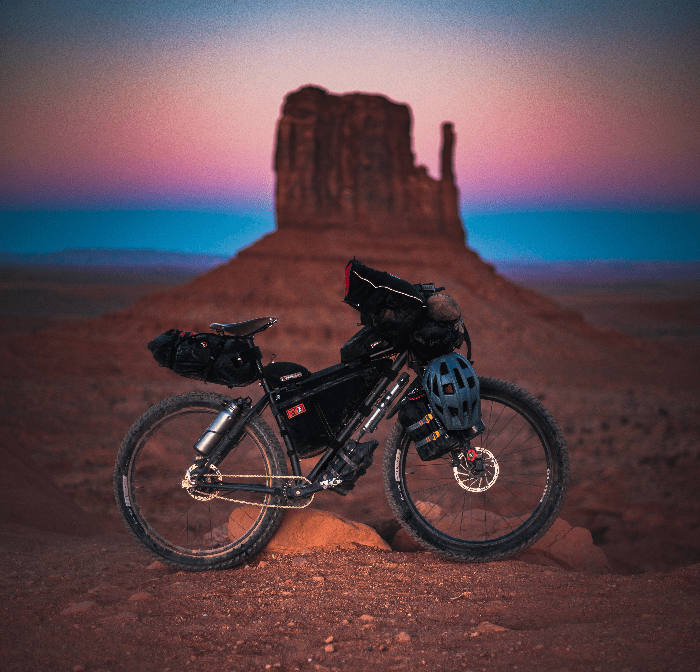
Credit | Patrick Hendry on Unsplash
Respect the Event
The first advice Ricardo has for us is a warning. “Ultradistance racing is not an Iron Man,” he says “anyone can sign up to an Iron Man event, and if they train, they’ll likely at least be able to it finish. But with an ultradistance event, you might not complete it. You could be doing 4,000 kilometres and tens of thousands of metres worth of climbing, plus you might be in the middle of nowhere with no one to help you. In an Iron Man, there’s a set course, there’s aid stations, loads of people. With an ultra-event, you’re on your own. My advice is to train for this and take it seriously. You can’t just sign up for an ultra-cycle event and expect to finish it.”
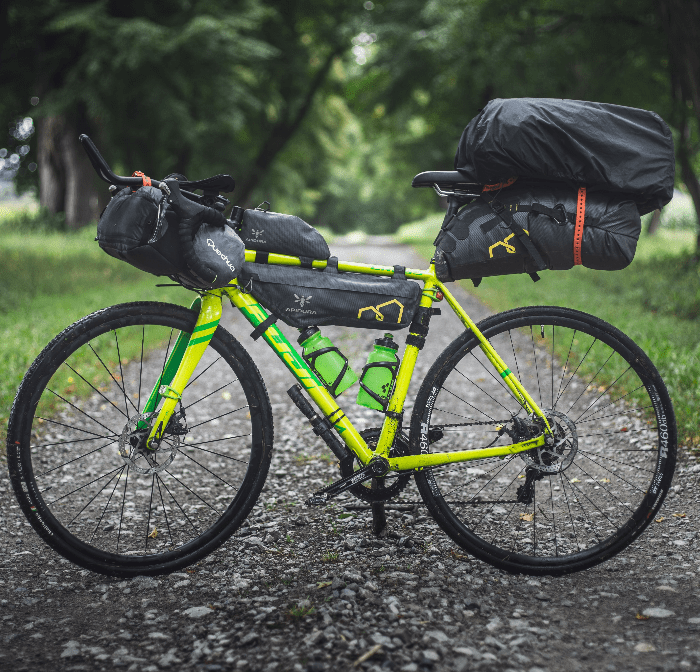
Credit | Marek Piwnicki on Unsplash
Staying Awake
If you want to compete in these events, of course, endurance is the name of the game. But not only in fitness, it’s a test of your ability to stay awake. For his upcoming race, Ricardo plans to “ride as fast and as far as possible without sleeping. The first day, I’ll go thirty-six hours without stopping,” he says. We do point out that this isn’t technically a ‘day’, but it’s lost on the man-machine that is Ricardo.
Do You Really Need that Extra Pair of Socks?
You have to be mindful of what you’re brining with you. Ricardo says, “If you’re going bikepacking take what you think will make you comfortable, whether it’s a tent, sleeping bag, charger, spare clothes. But when I’m racing ultra-events, my setup becomes quite simple, and quite risky. All I’ll take is a couple of gels and energy bars.”
Your setup will likely evolve over time, for Ricardo, “I’ve really tried to cut down on the things I don’t need. For example, do I really need a change of clothes or two pairs of socks when I’m racing?”

Credit | Marek Piwnicki on Unsplash
Eat, eat, eat
It goes without saying that this type of event requires a huge amount of energy. “My plan is to consume 100 grams of carbs per hour, as a minimum,” says Ricardo, “Sometimes I forget or miss it, but I try to keep it that way. Mostly this is from gels, powders, and maltodextrin carbs. One thing I’ll always try to do is stop and get in some savoury stuff, when I can.”
There are certain things to consider as well, like the climate and weather. “When I race in hotter conditions, you’ll need to drink more,” Ricardo says.
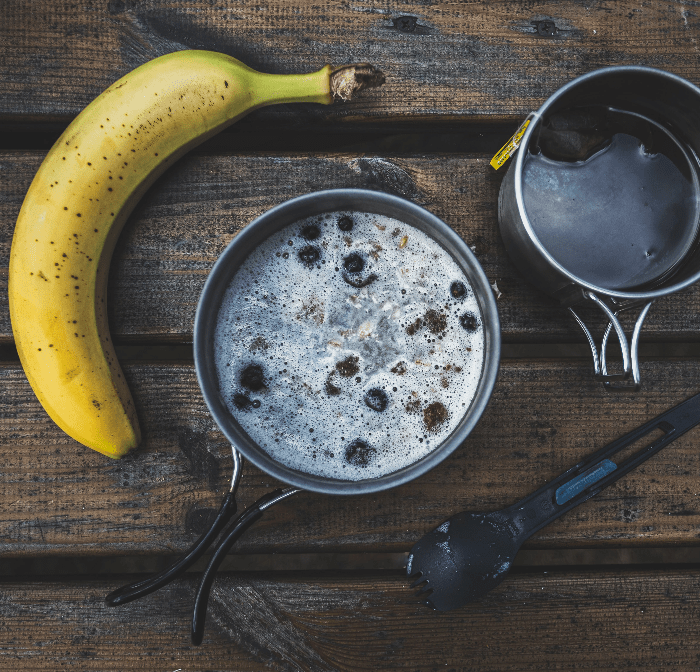
Credit | Marek Piwnicki on Unsplash
Epic Races Require Epic Training
Working with a coach, Ricardo is training between fifteen and twenty hours a week, which sounds like a lot for a family man and a man who runs his own business, though he feels that is on the low side of the top competitors in this field.
That being said, Ricardo does manage to squeeze in some insane rides around running a marketing agency and his family commitments. Even by ultradistance cyclists’ training Ricardo’s sounds extreme. “In the run up to an event, once a month or so, I’ll head out to the Peak District on Saturday, and not stop or sleep until Sunday,” he tells us far too nonchalantly. Of course, the recovery from these events can take time and Ricardo might feel the effects for at least a week. As such, these extreme training rides can be optional, and aren’t performed by all ultracyclists in the run up to an event.
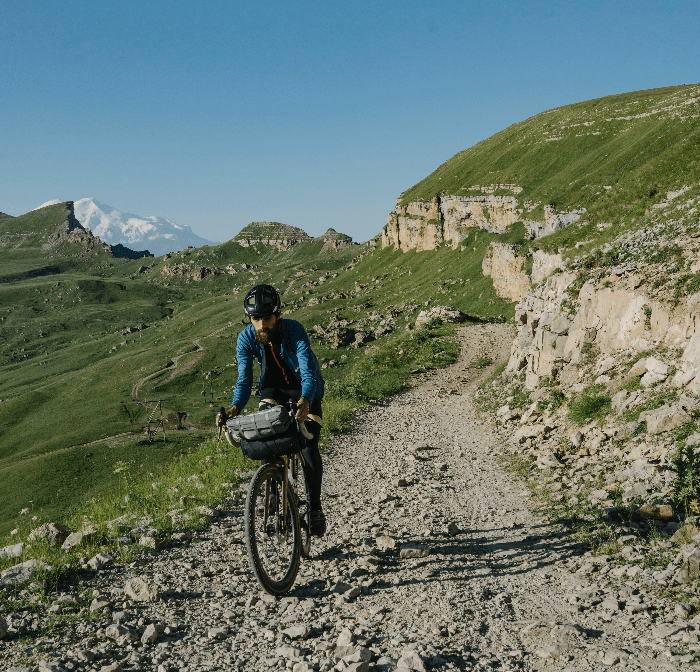
Credit | Dmitrii Vaccinium on Unsplash
Advice for Getting Started
Going back to Ricardo’s first advice—to respect the event—it’s important to start your preparation early. Ricardo says, “If you are looking to do an event in say a year’s time, I’d advise to start slowly building up your rides. Do an extra hour or so at the weekend, for example. By the time you are around two months out, I’d be looking to be comfortable doing eight hours on Saturday and then another eight hours on Sunday.”
Test, Test, Test
These longer rides are a great opportunity to test out everything: your nutrition strategy, equipment, pacing plan, and to see how you handle the unexpected. “During your long rides, really start to think about your nutrition,” says Ricardo, “start experimenting with what and how your body reacts to certain food and products. You want to able to consume at least 100 grams of carbs per hour, which if you’re not used to doing, can take some time to work up to.”
During the Race
When race day finally rolls around, Ricardo has some sage advice, “It’s really important that you ride your own race. When the race starts everyone goes off hard and you don’t want to get caught up in that. You don’t want to blow up in the first hour.”
Pacing for such a long event can be difficult. The required pace is so slow, for a long time it might even feel easy. “I don’t ride these events with a power meter,” Ricardo tells us, “I just ride to feel. If you look at the power after three days, it might be 110 watts or something. You can’t measure it in speed either because conditions change so much. Really, you’re just turning the pedals at a pace that you can do literally all day, and the next day, and the next day.”
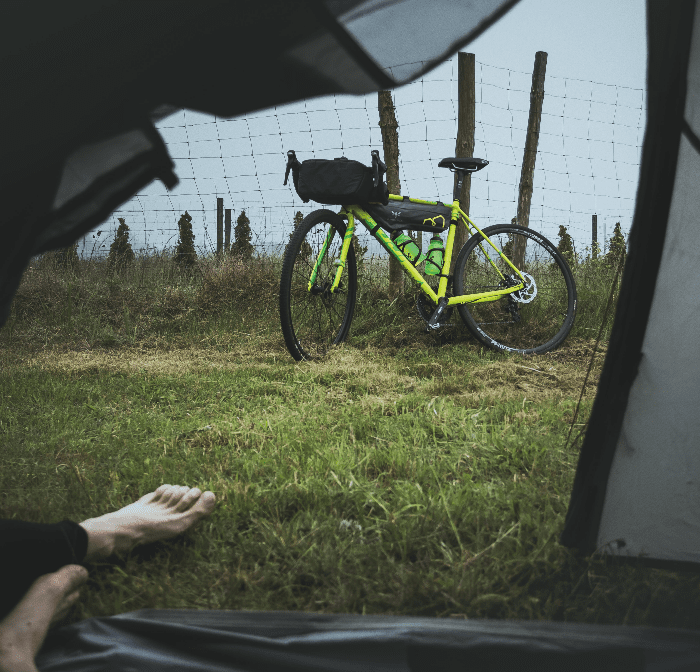
Credit | Marek Piwnicki on Unsplash
Know your Limits
On such long events you have to be in tune with your body. “It’s important to know your limits,” Ricardo says, “know when you need to eat and to stop and take a rest.”
Know where you’re going!
Lastly, it almost goes without saying, make sure you know where you’re going! Some of these events might have some on-course guidance but many you will need to a GPS file to follow.

Credit | Timur Valiev on Unsplash
For all your equipment needs, check out range of Hardknott bags.
For all things cycling and the latest news, follow us on Instagram, Twitter and Facebook.
